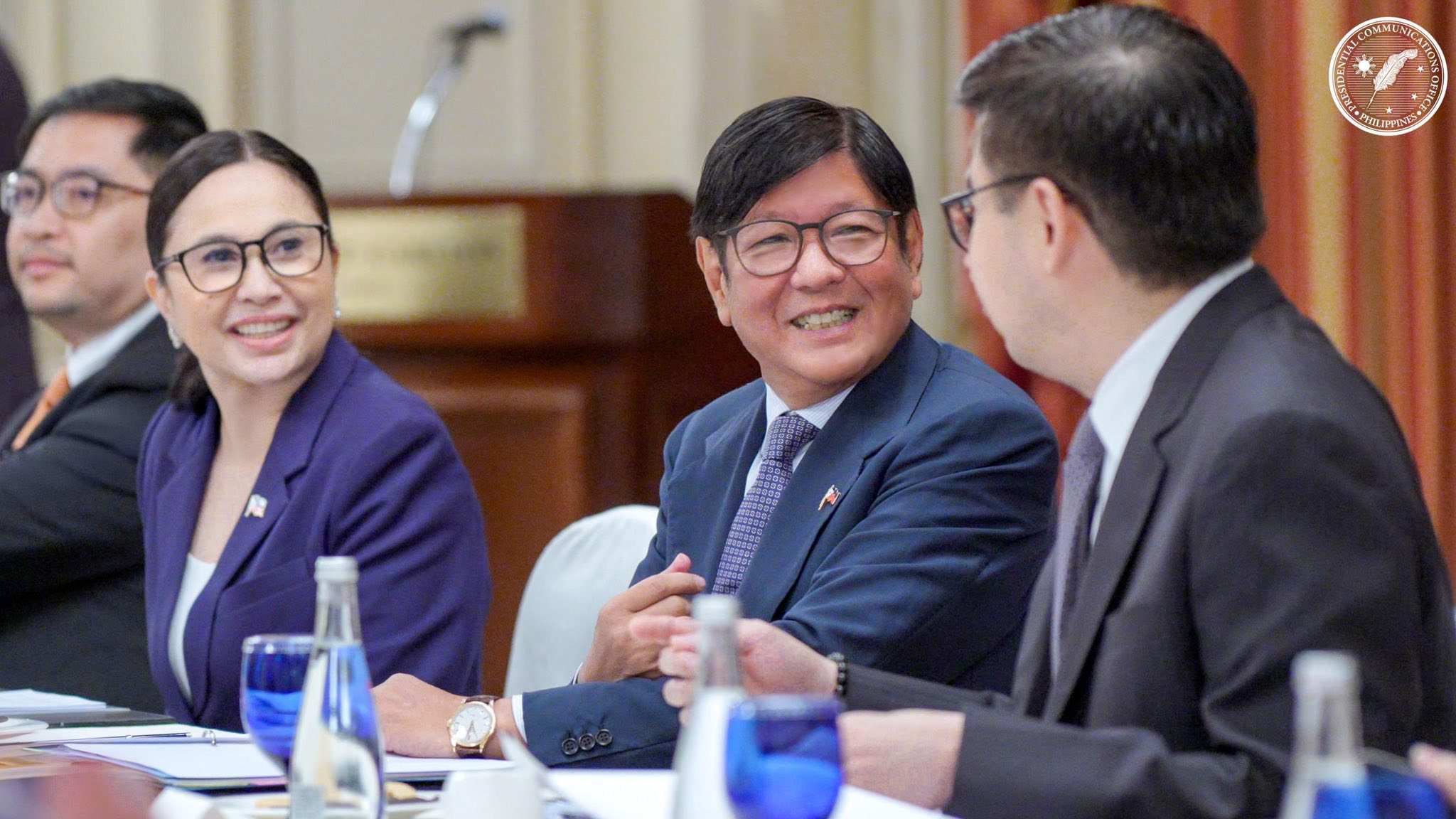
By Ruth Abbey Gita-Carlos | Philippine News Agency
President Ferdinand R. Marcos Jr. announced on Friday the plan of Osaka-based Kanadevia Corporation to invest in a Waste-to-Energy (WtE) project aimed at transforming the waste disposal system of the National Capital Region (NCR) through sustainable large-scale energy recovery.
“I’m pleased to share that we are working with Japan’s Kanadevia Corporation on a landmark Waste-to-Energy project for Manila,” Marcos said in a Facebook post, after meeting with the top executives on the second day of his working visit to Osaka, Japan.
“This initiative will turn thousands of tons of waste into clean energy, reduce flooding, create jobs, and help clean up communities,” he added.
During the meeting, Marcos was briefed about Kanadevia’s planned partnership with Phil. Ecology Systems Corp., a major player in the design, construction and operation of integrated sanitary solid waste management and disposal facilities in the Philippines.
In a separate statement, the Presidential Communications Office (PCO) said the plan would help reduce landfill dependency and generate clean power for Metro Manila.
“Discussions focused on the proposed development at the former Smokey Mountain landfill site, which aims to convert residual solid waste into renewable energy, improve flood mitigation, and rehabilitate degraded urban areas,” the PCO said.
Kanadevia specializes in high-tech environmental systems, including advanced WtE facilities, desalination plants, and water treatment technologies. It is also the Japanese proponent, co-investor, and technology provider in the WtE Project located in Smokey Mountain in Tondo, Manila.
PBBM: Japan dual-fueled bulker in PH game changer for shipping
In a Facebook post after a meeting with the executives of Japanese firm Tsuneishi Holdings Corporation, the President said the Japanese shipbuilder’s first methanol dual-fuelled KAMSARMAX bulk carrier at a Cebu facility is a “game changer for clean and smart shipping.”
“The future of shipbuilding is taking shape in the Philippines,” Marcos said. “It’s proof of what we can achieve through innovation, strong partnerships and the talent of the Filipino workforce.”
He hailed the project as a “technological breakthrough” and “a symbol of what the Philippines and Japan can achieve together,” the Presidential Communications Office said in a separate statement.
Tsuneishi completed the first block loading for KAMSARMAX on April 21 this year, according to a statement uploaded on the Japanese firm’s website. The vessel is scheduled to be launched in July 2025 and delivered in January 2026.

“This methanol-fuelled vessel is a new type of vessel that combines environmental performance with economy, based on environmental, social and governance principles,” the firm said. “It incorporates innovative environmentally friendly technologies aimed [at] maintaining and improving the lifetime value of the vessel.”
One of the world’s top shipbuilders, Tsuneishi has been a key player in the international maritime industry since 1917, accounting for a significant share of the global market for medium-sized bulk carriers.
The Japanese shipbuilder specializes in building bulk carriers, container ships, and tankers, and operates shipyards in the Philippines, Japan, and China with business offices across Asia and Europe.
Strengthening its presence in the Philippines, Tsuneishi is entering the fifth phase of expansion of its shipyard in Balamban, Cebu with investments on new capital equipment and enhanced research and development capabilities.
